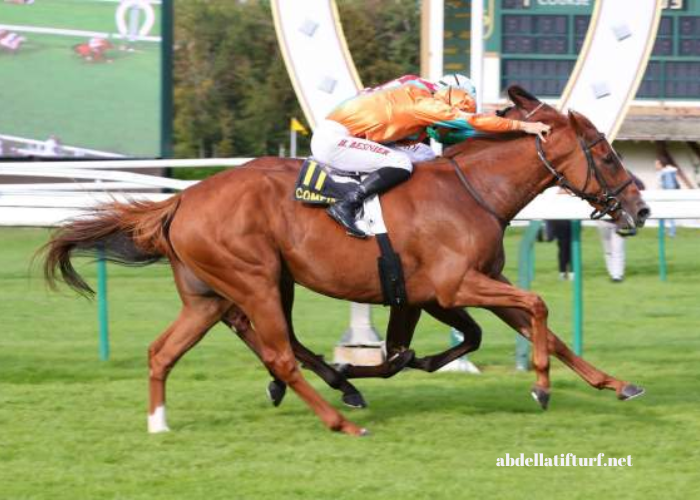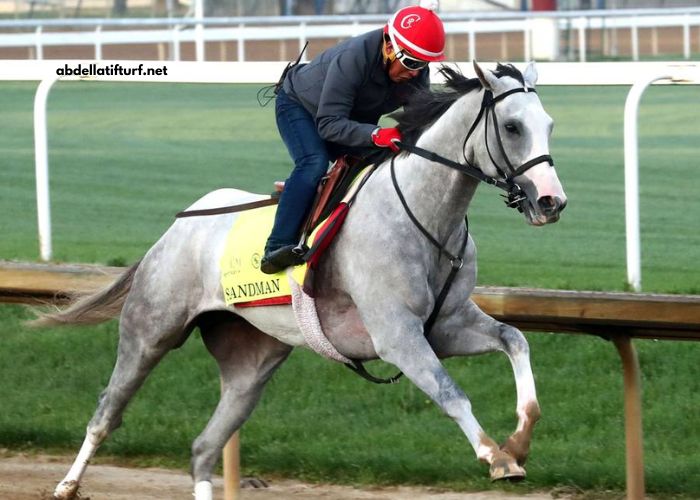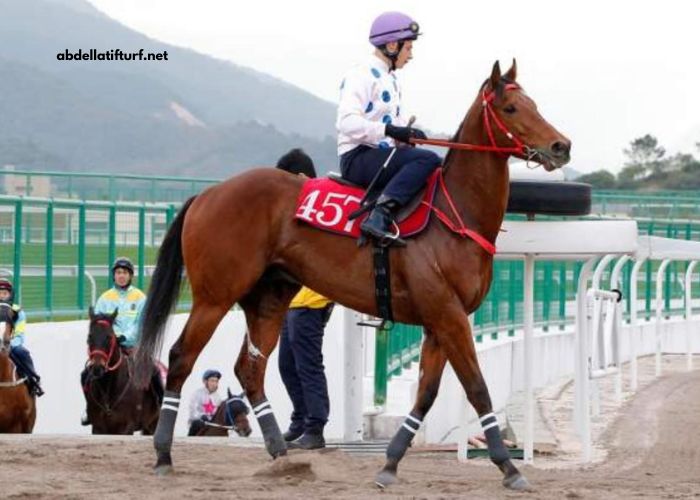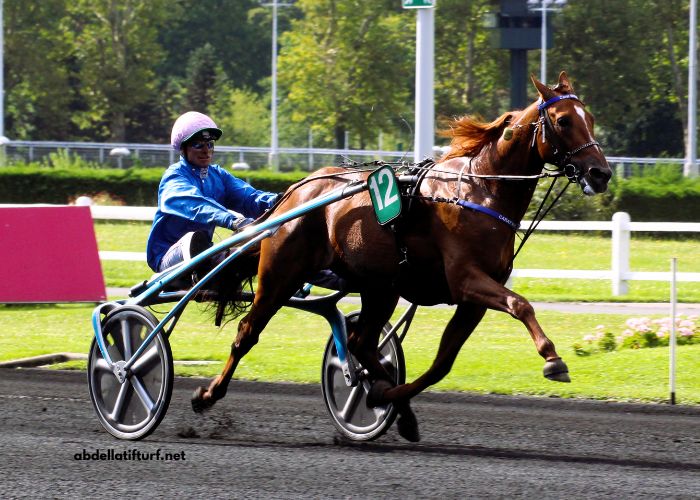In the world of competitive racing, whether it be running, cycling, or any other endurance sport, the finish line is the ultimate destination. It’s the culmination of weeks, months, or even years of training and preparation. However, reaching the finish line first isn’t just about physical prowess; it’s also about strategic finesse and mental acuity. In this article, we delve into the intricate science behind mastering the art of race finish line tactics, particularly focusing on Arrivée courses.
Understanding Arrivée Courses
Arrivée courses, also known as point-to-point courses, present a unique challenge to athletes. Unlike loop or out-and-back courses, where athletes are familiar with the terrain and can strategize accordingly, Arrivée courses require adaptability and quick thinking. These courses often feature varying terrain, elevation changes, and unpredictable weather conditions, making them a true test of an athlete’s versatility.
The Importance of Strategy
In Arrivée courses, strategic planning is paramount. Athletes must analyze the course layout, anticipate potential challenges, and formulate a game plan to maximize their performance. This involves assessing factors such as terrain, wind direction, and competitors’ strengths and weaknesses.
One crucial aspect of race strategy is pacing. Since Arrivée courses typically cover long distances, pacing oneself correctly is essential to avoid burning out before reaching the finish line. Athletes must find the optimal balance between pushing the pace and conserving energy, adjusting their effort level based on the course’s demands and their own physical condition.
Tactical Maneuvers
In addition to pacing, mastering the art of race finish line tactics requires proficiency in various tactical maneuvers. These maneuvers can give athletes a competitive edge and increase their chances of success.
One such maneuver is drafting, commonly used in cycling and running events. By closely following behind another athlete, competitors can reduce wind resistance and conserve energy, enabling them to maintain a faster pace with less effort. However, timing is crucial when employing this tactic, as making a move too early or too late can diminish its effectiveness.
Another tactical consideration is positioning. In a tightly contested race, athletes must jockey for position to ensure they’re well-placed for the final sprint to the finish line. This involves strategically navigating through the pack, finding openings, and seizing opportunities to move up in the field.
Mental Preparation
In addition to physical prowess and strategic acumen, mental preparation plays a significant role in mastering race finish line tactics. Endurance sports require mental fortitude and resilience, especially in the face of adversity.
Visualization techniques can be particularly beneficial in preparing for the challenges of an Arrivée course. Athletes can mentally rehearse various scenarios, envisioning themselves overcoming obstacles and crossing the finish line triumphantly. This mental imagery helps build confidence and instill a positive mindset, crucial elements for success on race day.
Furthermore, maintaining focus and concentration throughout the race is essential. Distractions are inevitable, whether it be fatigue, discomfort, or external factors like cheering spectators. However, elite athletes possess the ability to block out distractions and stay fully engaged in the task at hand, channeling their energy towards achieving their goals.
Adaptability and Flexibility
One of the defining characteristics of Arrivée courses is their unpredictability. From unexpected weather changes to course alterations, athletes must be prepared to adapt on the fly and adjust their strategy accordingly.
Flexibility is key in such situations, as rigid adherence to a predetermined plan can be detrimental. Athletes must be willing to deviate from their original strategy if circumstances dictate, whether it’s accelerating the pace to capitalize on a favorable tailwind or conserving energy on a grueling uphill climb.
Conclusion
Mastering the art of race finish line tactics on Arrivée courses requires a combination of physical prowess, strategic intelligence, and mental resilience. Athletes must meticulously plan their approach, employing pacing strategies, tactical maneuvers, and mental preparation to optimize their performance.
Moreover, adaptability and flexibility are essential traits for success in the face of the unpredictable challenges that Arrivée courses present. By honing these skills and embracing the inherent uncertainties of endurance racing, athletes can elevate their racing prowess and achieve their goals at the finish line.




